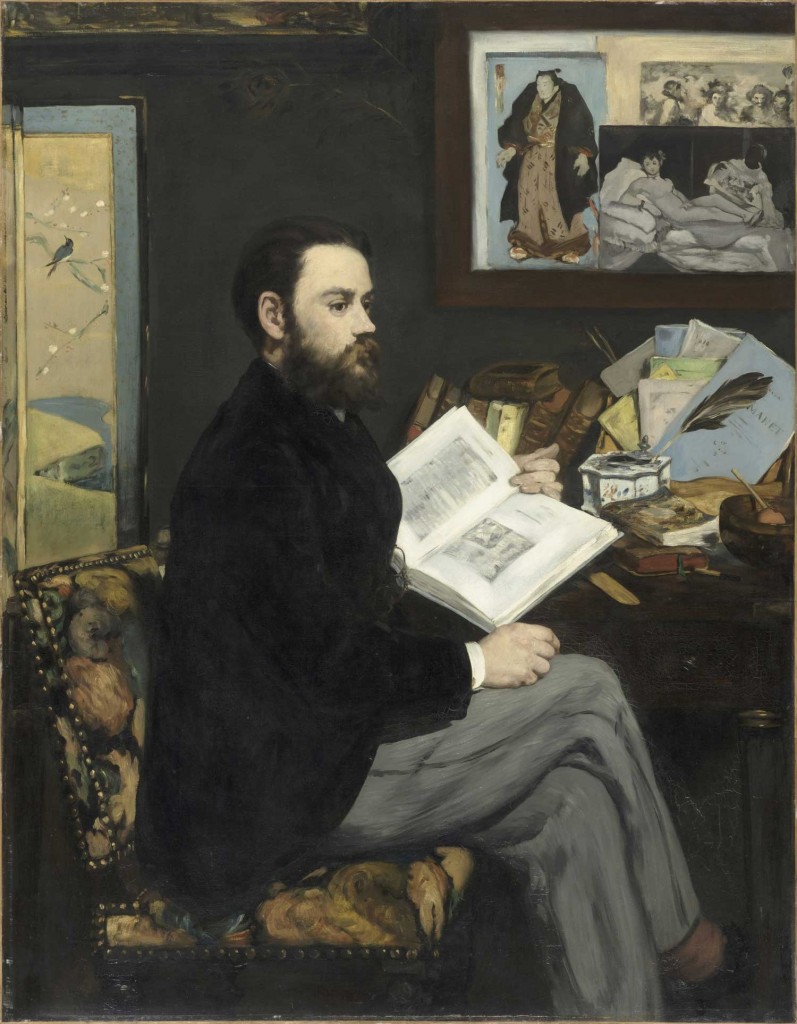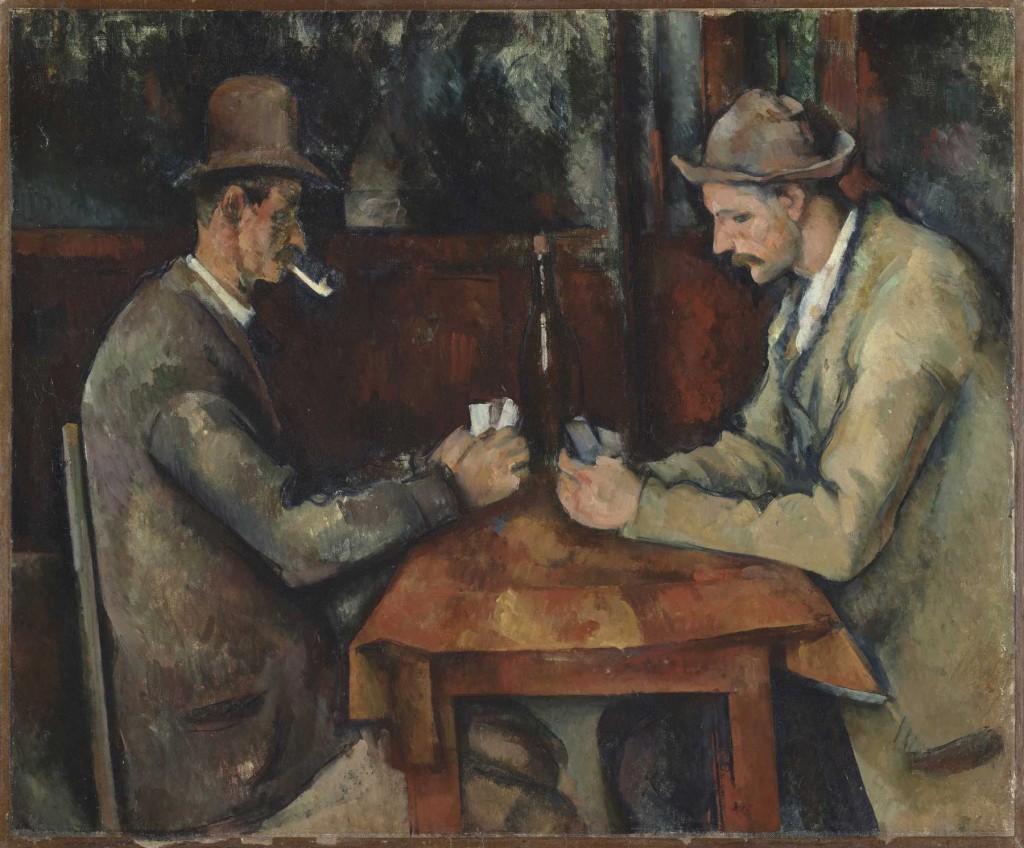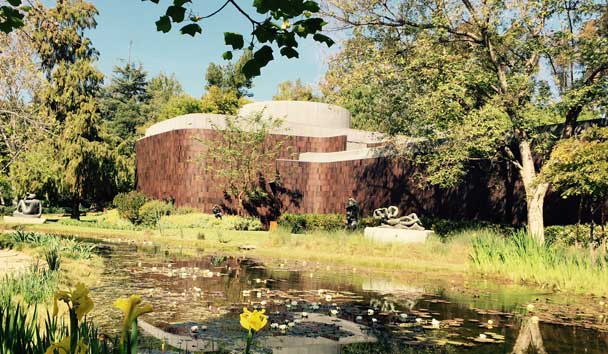Industrialist Norton Simon (1907–1993) led a remarkable life in many arenas: business, philanthropy, and the arts among them. As a collector he amassed an amazing assembly of European art from the Renaissance to the 20th century, and then later a stellar collection of South and Southeast Asian art spanning 2,000 years.
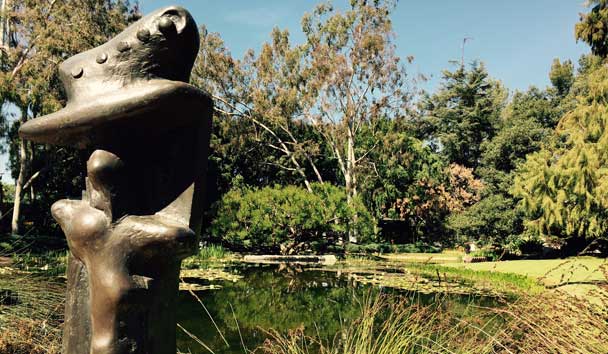
But of all the objects in his collection, the importance to Simon of his 19th-century European paintings cannot be overstated. These were the first objects that he collected, and thus now the Norton Simon Museum is home to the most significant collection of Impressionist and Post-Impressionist art in Southern California. Works by Claude Monet, Pierre-Auguste Renoir and Edgar Degas, who alone is represented with more than one hundred works of art at the Museum, are displayed alongside the vibrant palettes of Vincent van Gogh, Paul Cézanne and Paul Gauguin, and that’s just to name a few!
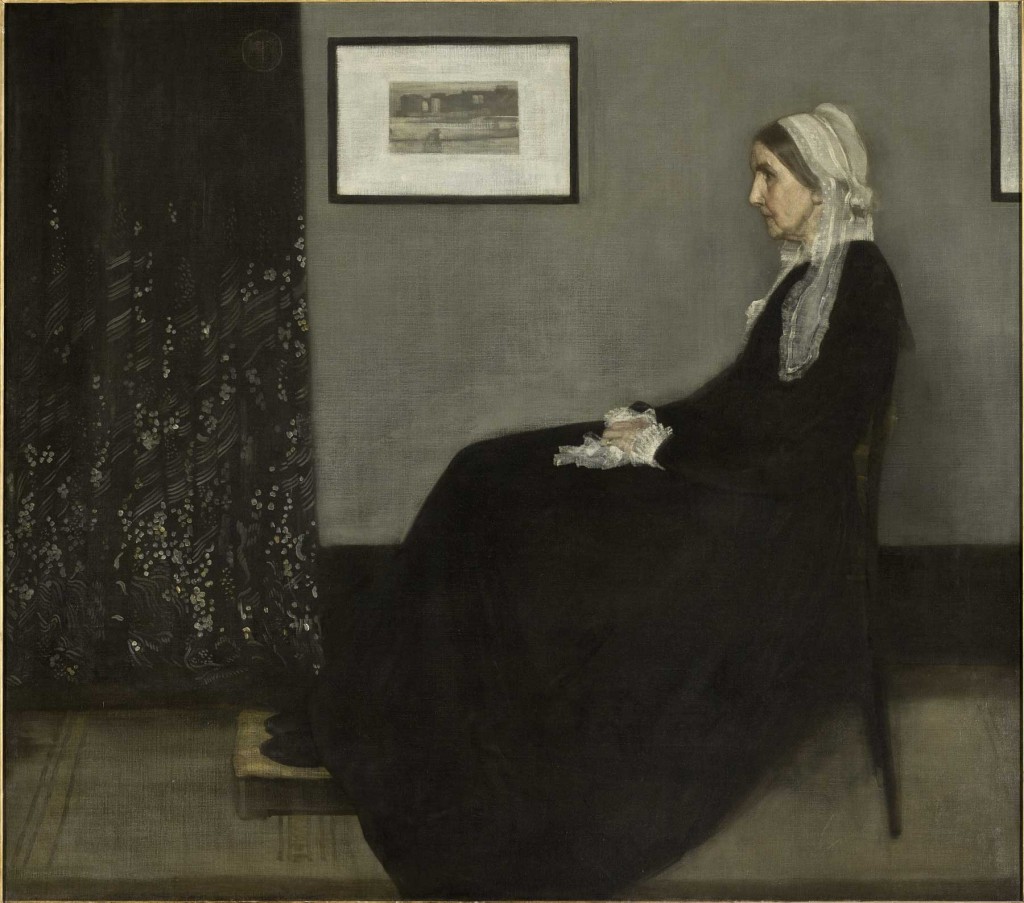
So it’s fitting and quite fortunate for us Angelenos that the Norton Simon has embarked on an exchange with Paris’ renowned Musée D’Orsay, France’s major museum of 19th- and 20th-century art. This Spring the Norton Simon presents an installation of three paintings in a show titled Tête-à-tête: Three Masterpieces from the Musée d’Orsay: Édouard Manet’s Émile Zola, 1868, James Abbott McNeill Whistler’s Arrangement in Grey and Black No. 1, 1871 (also known as Portrait of the Artist’s Mother), and Paul Cézanne’s The Card Players, 1892–96. These masterpieces, which are on display through June 22, 2015, are now hanging together at the Norton Simon alongside paintings from the Simon collection by Manet, Cézanne, and their contemporaries.
Here’s a closer look at each of them:
Manet’s affectionate portrait of his friend, writer Émile Zola, captured our attention the moment we entered the gallery. Zola, glancing over his shoulder, is seated at a desk overflowing with books, letters, and writing accouterments. Manet surrounded his sitter with art and symbols of their friendship—including an Asian screen, a Japanese print, a print after Velázquez and a reproduction of Manet’s own Olympia—and books, including Zola’s own Une nouvelle manière en peinture (A New Manner of Painting) in which the author praised Manet’s then-underappreciated style. Children viewing this painting might enjoy thinking about what objects an artist could use to best represent them or their relationship with a close friend.
On the opposite wall hangs Cézanne’s The Card Players, a work created at a time when the artist was living in the South of France, having retreated from Paris and the harsh criticism that met his work at the third Impressionist exhibition in 1877. At his family’s property outside of Aix, he painted the landscape, still life scenes, and local characters. This painting, of two workers seated across from one another playing cards, is made with short, hatch-like, brushstrokes that characterize Cézanne’s style.
Lastly, the Museum treats visitors to one of the most recognizable images in the history of American painting: Whistler’s Arrangement in Grey and Black No. 1, commonly known as Whistler’s Mother. Whistler was born in Massachusetts but moved to Europe in 1885 to study in Paris. Four years later he relocated to London to spend the rest of his life, and he visited France frequently and was in close touch with Manet and the rising Impressionist movement.
Nonetheless, many people are surprised to learn that this iconic American painting resides in France! Acquired by the French state in 1891, it was the first American painting to enter the Louvre in 1925 and later moved to the Musée D’Orsay.
In it, the artist’s mother Anna calmly sits in a chair in profile in the spare, gray interior of Whistler’s London studio. She’s dressed in a plain black mourning dress, her hair covered with a white lacey bonnet. It’s thought that Anna substituted that day for a model who did not show up for work, and also that while she began the session standing, she grew too tired and sat instead, resting her feet on a platform.
How did this rather severe portrait come to symbolize so much—from motherhood to patriotism—to so many people? It’s a paradox of popular culture that would have likely perplexed the famously witty artist himself, who wanted the canvas to be appreciated for its formal qualities alone, hence its musically inspired title: Arrangement in Grey and Black No. 1.
In the early 1930’s the work toured the United States to promote Franco-American friendship. On that circuit, after stops in major cities all over the country, the painting visited Southern California. At that time the Los Angeles Times called it “a world symbol for the ideal of mother,” and some 80,000 people visited the Los Angeles County Museum of History, Science and Art (the predecessor to both LACMA and the Natural History Museum) to view it during the few weeks it was displayed here. Then in May 1934, the work was featured on a three-cent commemorative postage stamp issued in honor of Mother’s Day, thus solidifying the its connotation with motherhood and cementing its celebrity status by circulating 200 million stamps. That’s quite a lot of “hits” for a pre-Internet era!
In more recent years the portrait has been one of the most reproduced, imitated, and parodied works of art, appearing in advertisements, movies (kids may recognize it from Cloudy with a Chance of Meatballs 2), and on television (including multiple episodes of The Simpsons). Most of these parodies delight in placing Anna in modern scenarios (like watching television or using a computer) or eliciting a response that causes her to lose her famous and enduring composure.
This is the first time since 1933 that Whistler’s Mother has been displayed in Southern California, and the Norton Simon predicts it will elicit much interest. As such, timed tickets are available for sale here. Families will also appreciate a stroll through the Museum’s beautiful sculpture garden, where a lush pond hosts families of ducks and geese.
The Norton Simon is open Monday, Wednesday, and Thursday 12–5 pm; Friday and Saturday 11 am–8 pm, Sunday 11 am–5 pm, and closed Tuesday. Admission is $12 for adults ($9 for seniors) and free for children 18 and under. Admission to Tête-à-tête: Three Masterpieces from the Musée d’Orsay is included in the price of admission.
Norton Simon Museum / 411. W. Colorado Boulevard, Pasadena, CA 91105-1825 // 626/449-6840
Photo credits:
Paul Cézanne (1839-1906) The Card Players, 1892–96 Oil on canvas, 0,47 x 0,565 m Paris, musée d’Orsay © Musée d'Orsay, Dist. RMN-Grand Palais / Patrice Schmidt
Edouard Manet (1832-1883) Emile Zola, 1868 Oil on canvas, 1,46 x 1,14 m Paris, musée d’Orsay© Photo RMN-Grand Palais (musée d’Orsay) / Herve Lewandowski
James Abbott McNeill Whistler (1834-1903) Arrangement in Grey and Black No. 1, also called Portrait of the Artist’s Mother, 1871 Oil on canvas, 1,443 x 1,63m Paris, musée d’Orsay © Musée d'Orsay, Dist. RMN-Grand Palais / Patrice Schmidt
Written by Stacey Ravel Abarbanel

